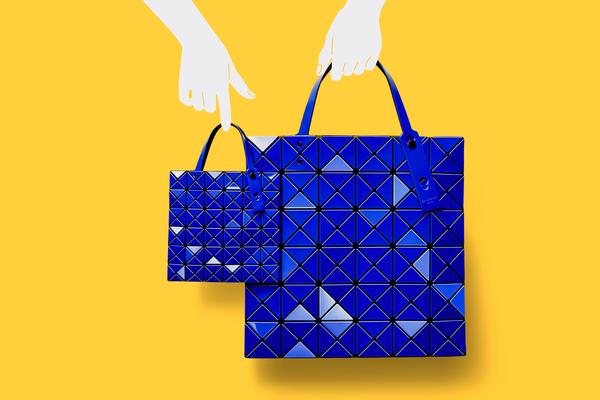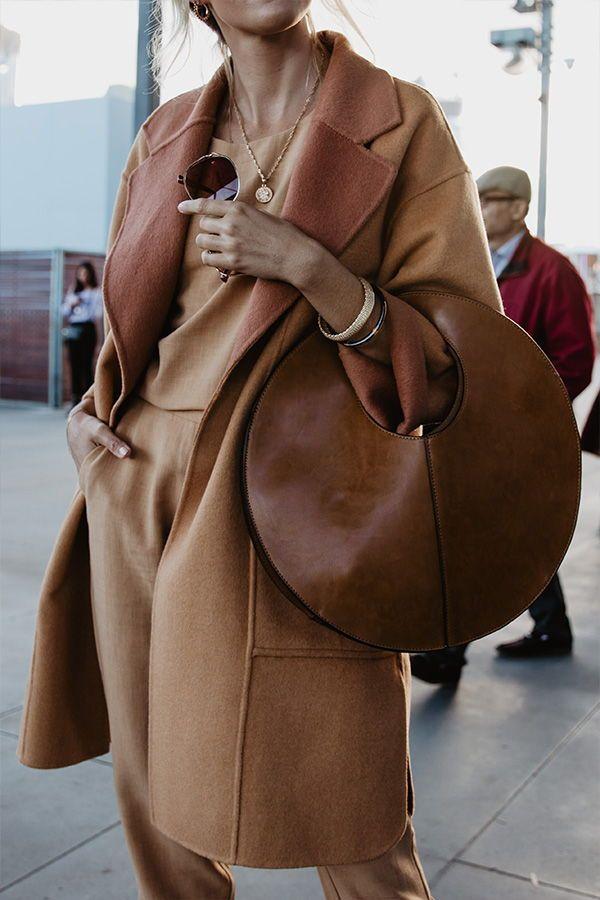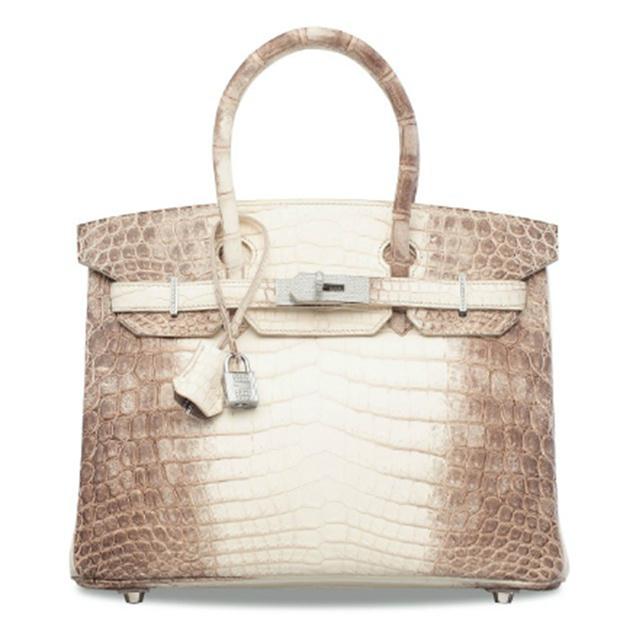Issey Miyake's Bao Bao bag, an icon of understated luxury, turns 10.Photo: dr
The concept behind this bag was born at the Guggenheim Museum, but the direct inspiration came from workers in the steel industry. A decade after its creation, the Bao Bao remains a favorite among lovers of understated luxury.
There are many who associate the name of Issey Miyake with that of a perfume, and with good reason. In 1992, the Japanese turned the entire industry upside down by launching a minimalist and fresh fragrance, radically opposed to the deep and penetrating aromas that then dominated the entire market. His L'Eau d'Issey became an icon and his name a bestseller. But at the beginning of the 1990s, the Japanese was no novice: he had been revolutionizing the world of design for a couple of decades with his curiously unusual approach, which puts function first.
In 2010 he shaped another of his great milestones, the Bao Bao line of bags, "a perennial favorite among architects and designers," they say in the specialized magazine Dezeen. A creation that turns 10 in top form, as an emblem of discreet luxury for design lovers. The accessory synthesizes the creative's entire philosophy: it is a 'pixelated' tribute to origami; a mixture of Japanese tradition and the latest technical advances. As relevant today as when it first appeared on the catwalk, in September 2010. It is actually a 'living' bag that takes different forms when worn, thanks to a flexible inner mesh on which PVC triangles are adhered. Direct inspiration? The metal panels that steel workers fuse together to create structures.
The Bao Bao bag comes in various sizes, finishes or colours. It is recognizable by its plastic triangles attached to a flexible mesh. Photo: Getty Images

In China or Japan, where today there are stores dedicated exclusively to the piece, the Bao Bao is a model that is never missing among the counterfeits in any market, an infallible barometer to measure the success of a bag. But what few know is that the original inspiration comes from Spain. Specifically from Bilbao (where the name Bao Bao derives from): it was designed to pay homage to Frank Ghery and his conception of ways to create buildings. The Guggenheim Museum, which had been open for three years in 2010, was the spark that ignited Miyake's creativity in this case.
The Japanese, who survived the Hiroshima atomic bomb at the age of seven (his mother died three years later due to radiation), defines himself as a "clothing designer", not a fashion designer. He prefers to offer garments that transcend trends and serve as a vehicle of expression for the wearer. In the eighties he reinterpreted Fortuny's pleats with great success, but he has never stopped innovating. His obsession is to create light, practical and easy-to-wash pieces. Zaha Hadid was a big fan of his creations; also Steve Jobs, who adopted his turtleneck sweaters as a crucial piece of his famous uniform. In addition to hanging from the shoulders of architects and design groupies, the Bao Bao always appears in the hands of editors, influencers or buyers. Because after a decade of success, the Miyake bag has been able to achieve a utopia reserved for very few: transcend the obsolescence of fashion.
Miyake is famous for his research with tissues. In the image, details of his pleats in various collections. Photo: Getty Images
Keep reading
Mariano Fortuny: the Spanish creator who was able to transcend the time barrier of fashion
Newsletter It's rare to live
Stories and essays about culture, intimacy and feminism in your email.
Sign up here!



